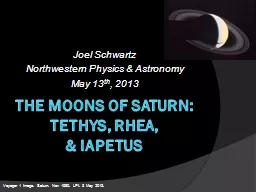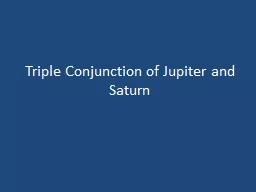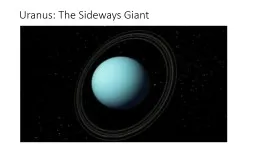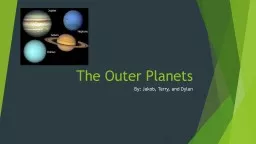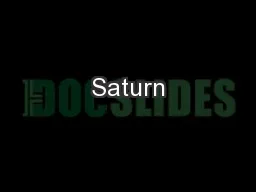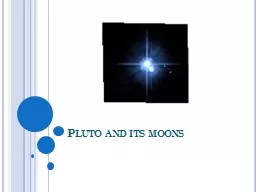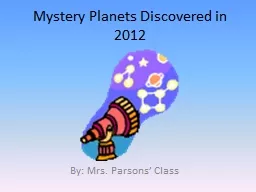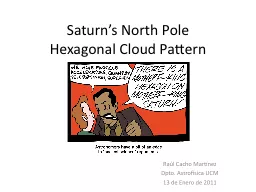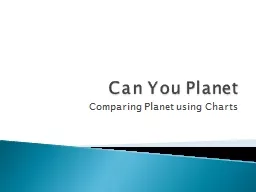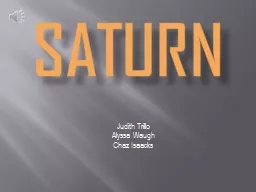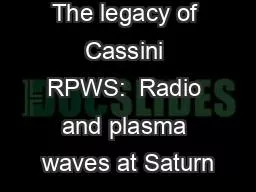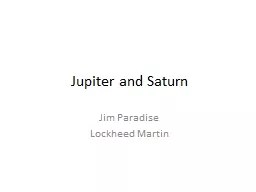PPT-The Moons of Saturn:
Author : danika-pritchard | Published Date : 2016-07-04
Tethys Rhea amp Iapetus Joel Schwartz Northwestern Physics amp Astronomy May 13 th 2013 Voyager 1 Image Saturn Nov 1980 LPI 3 May 2013 Moons of Solar System NASA
Presentation Embed Code
Download Presentation
Download Presentation The PPT/PDF document "The Moons of Saturn:" is the property of its rightful owner. Permission is granted to download and print the materials on this website for personal, non-commercial use only, and to display it on your personal computer provided you do not modify the materials and that you retain all copyright notices contained in the materials. By downloading content from our website, you accept the terms of this agreement.
The Moons of Saturn:: Transcript
Download Rules Of Document
"The Moons of Saturn:"The content belongs to its owner. You may download and print it for personal use, without modification, and keep all copyright notices. By downloading, you agree to these terms.
Related Documents

